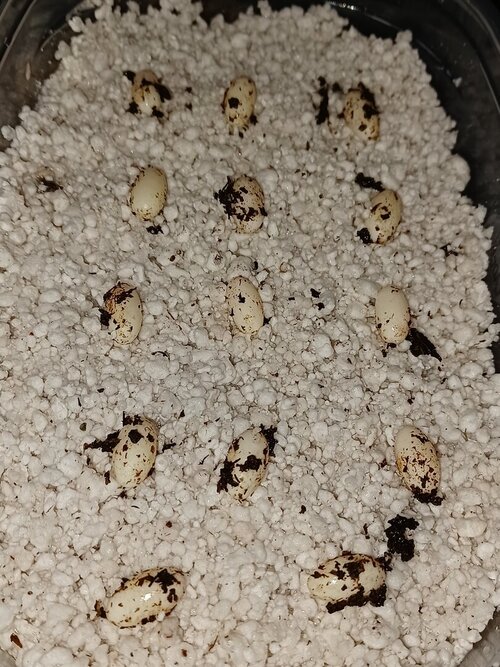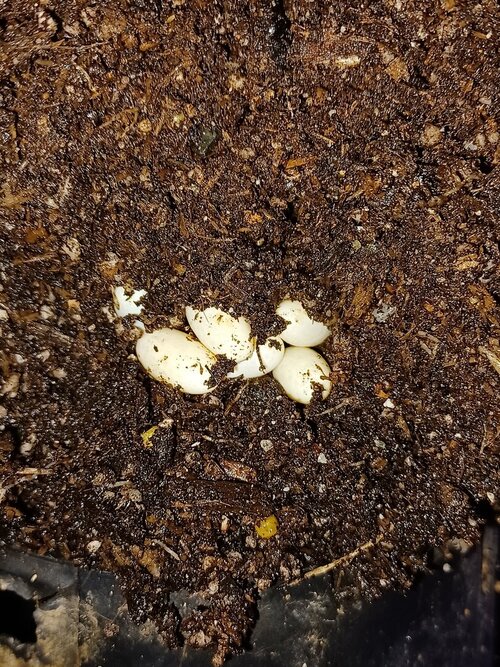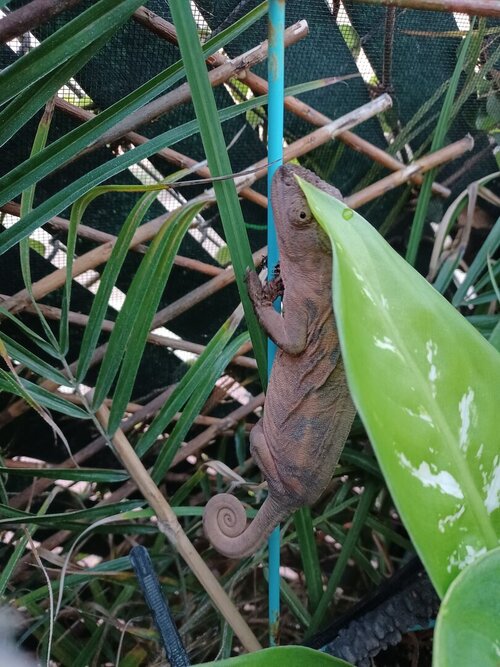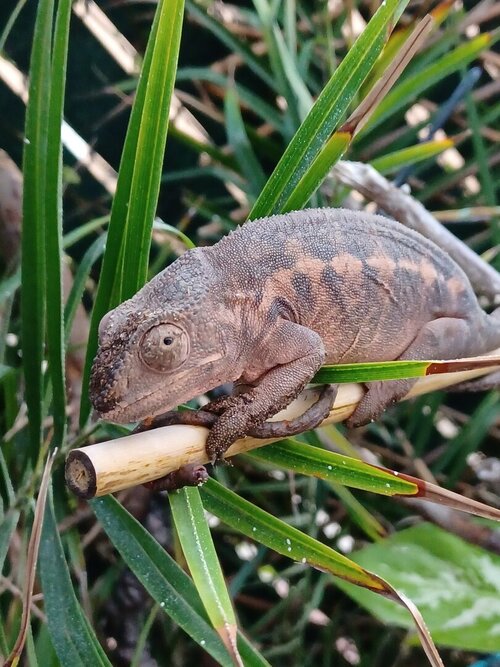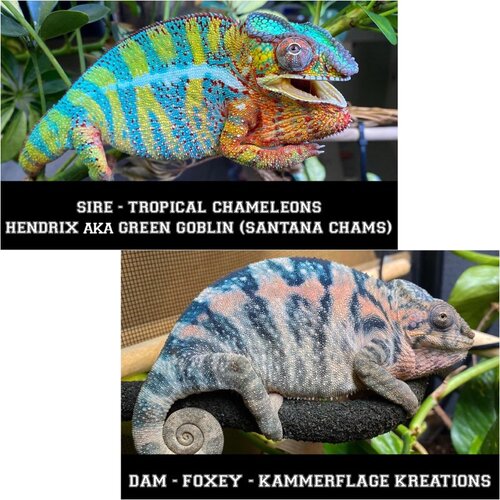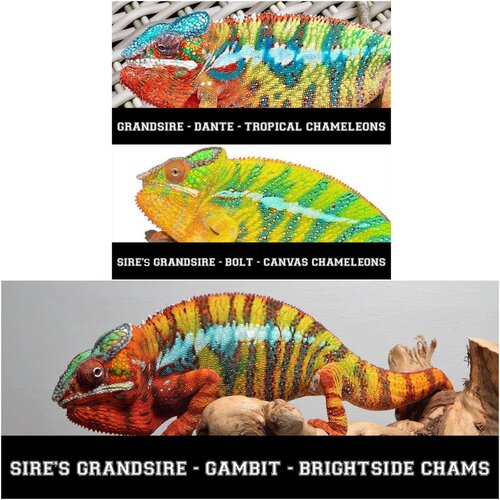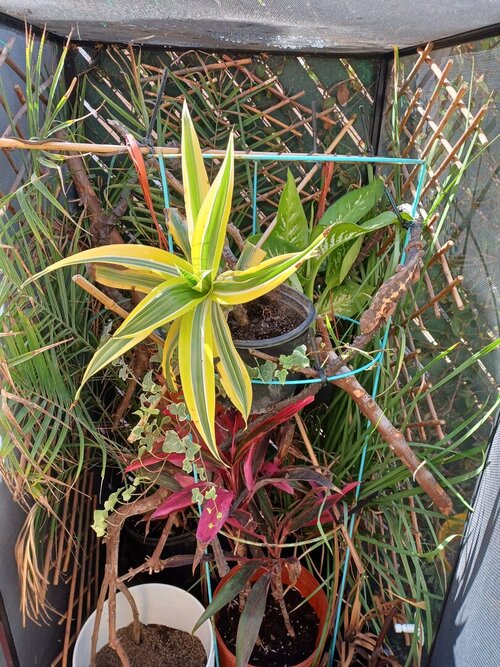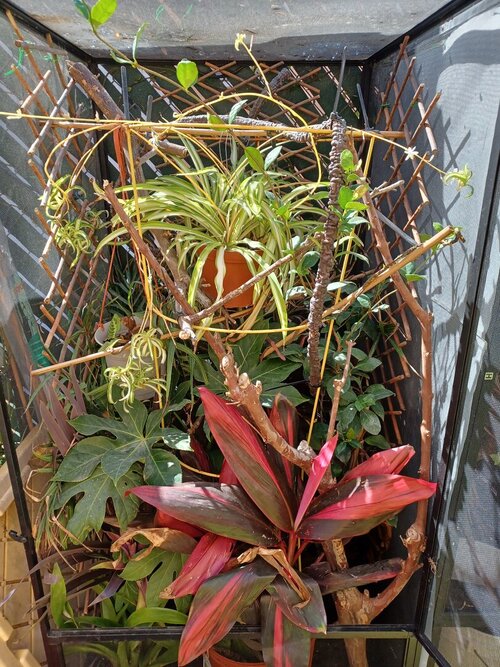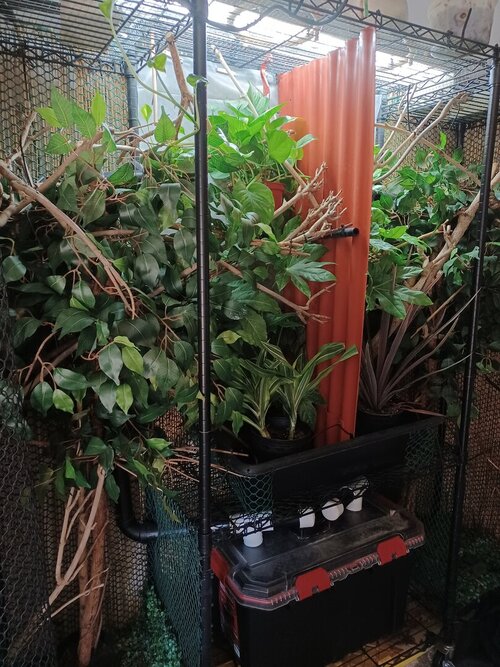Hello everyone,
My female ambilobe was mated with my male a while back. Last night I saw the female digging. She had a lay bin but She dug a hole and layed inside of the potted hibiscus plant instead. I was able to retrieve 14 eggs that were placed on moist perlite. I have ordered vermiculite as my garden store didnt have any in stock. My questions are the following:
1) should I be lookin for more eggs in the other pots or does 14 sound like all she might have been carrying? She doesnt look to have anymore in her as she is now back to being thin.
2) should I transfer the eggs to moist vermiculite when it arrives on friday? Or just leave them alone on the perlite?
3) do the eggs look viable?
Thank you to everyone in advanced
My female ambilobe was mated with my male a while back. Last night I saw the female digging. She had a lay bin but She dug a hole and layed inside of the potted hibiscus plant instead. I was able to retrieve 14 eggs that were placed on moist perlite. I have ordered vermiculite as my garden store didnt have any in stock. My questions are the following:
1) should I be lookin for more eggs in the other pots or does 14 sound like all she might have been carrying? She doesnt look to have anymore in her as she is now back to being thin.
2) should I transfer the eggs to moist vermiculite when it arrives on friday? Or just leave them alone on the perlite?
3) do the eggs look viable?
Thank you to everyone in advanced

